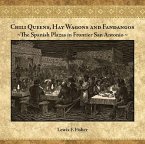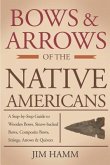In 1736, Peter Studebaker brought his family to the United States. He bought land and settled in Hagerstown, Maryland, and constructed an iron furnace, and wagon works. He had a good working knowledge of iron production, and applied it in his adopted country. He also knew some tricks on wood preservation. In Eastern Pennsylvania, a farmer's wagon industry developed. As farmers moved further west, they needed a good wagon to carry their families and possessions, and then to work the farm. This resulted in the Conestoga wagon, and the Prairie Schooner, two very different designs. The diversity of working trucks today was reflected in the diversity of wagons back then. After gold was discovered in California, a huge migration of American headed west to seek their fortunes. Many farming families went west for cheap farmlands. With the coming off the transcontinental railroad, freight wagons were needed for the "final mile" delivery. Stage coaches carried the mail, and business pass angers. In town, the doctor kept a single horse buggy for patient calls.
Hinweis: Dieser Artikel kann nur an eine deutsche Lieferadresse ausgeliefert werden.
Hinweis: Dieser Artikel kann nur an eine deutsche Lieferadresse ausgeliefert werden.








